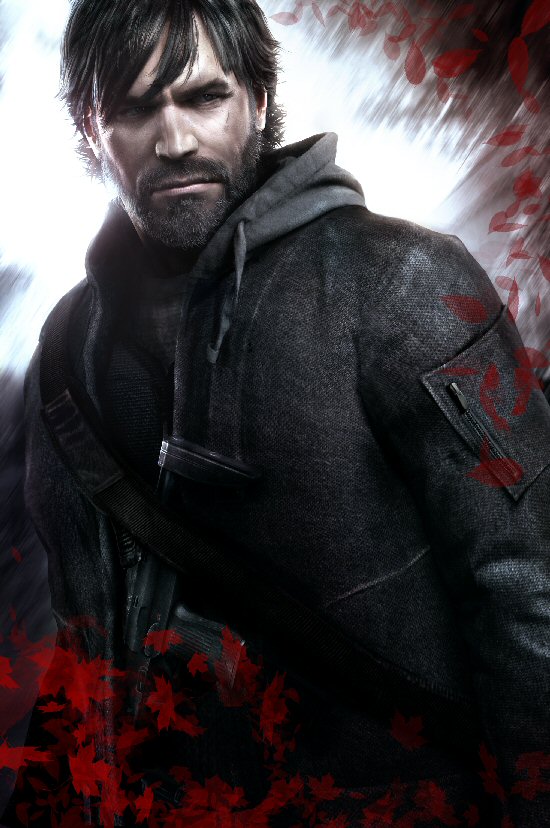Any high-tech weapons?
How is the game structured?
MF- Because of the intense pacing of the game, we've changed the classic structure. It used to be based on a "per mission" walkthrough experience, which made sense with the situation of Sam Fisher. With Conviction, because there are many turn around and surprising situations, we've decided to develop episodes. Episodes are shorter but you'll find much more of them in the game campaign. The major benefit to this new structure is to get through game play loop more often, get more feedback and reward from the game, and have more fun. You can play 15 minutes through en episode and get a complete experience, which was not possible in a mission based structure. Since the game is built over systems that change the experience each time you play, this provides a cool opportunity to replay an episode multiple times in different ways.
What are the weapons available? Will there still be very hi-tech weaponry?
MF- Once you’ve run away from Third Echelon, you need to find new resources on your own. Old friends and new contacts will be the key to get what you want on the black market. This lost of gadgets force Sam to rely more on his instinct, on his ability to detect important things and to focus on them based on his skills and vast experience as an agent. Game play mechanics have changed a lot in Conviction; weapons and gadgets needed to evolve as well and Sam’s instinct remains an important influence.

As Sam seems to have dramatically changed, I suppose game play should have evolved the same… Could you tell us more? How this settlement will be different from previous episodes?
MF- Splinter Cell core mechanics used to rely on lights and shadows. This was the major innovation of the original Splinter Cell, supported by a new technology, a techno that was not possibly imaginable on previous consoles. One of the ambitions of SC team for Conviction, was to take the same opportunity of next gen consoles to provide game play that was not possible before. We wanted to keep the particular relationship the player was developing with his environment through his experience. Only, as a fugitive, the relation needed to be faster and player also needs to think faster. We call this new game play: “improvisation”. This stealth relation with the environment remains an important factor; but tools and mechanics for the gamer are completely supporting this new fugitive context: you’ll need more than just shadows to stay alive!
What are your ambitions behind such a drastic change of one the biggest franchise in the video-game industry?
MF- Our ambition is to propose a never seen before game play experience, supported by new technologies and new game philosophies. While we are very cautious about Splinter Cell universe and continuity in the brand, we wanted to change the core game play and be proactive to new opportunities in the industry. We also wanted to propose more fun, more quickly, and enlarge our fan-base by proposing an experience that is more accessible but not less exciting!









